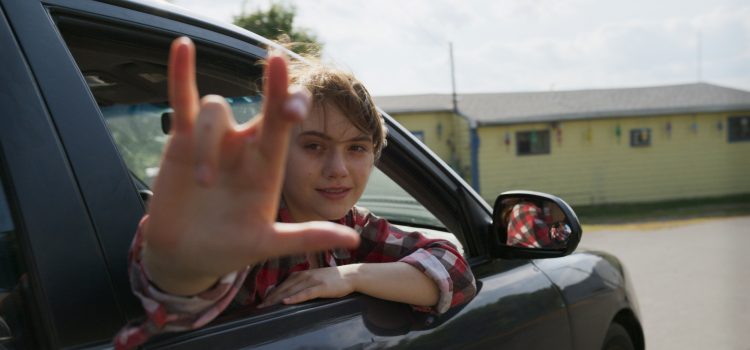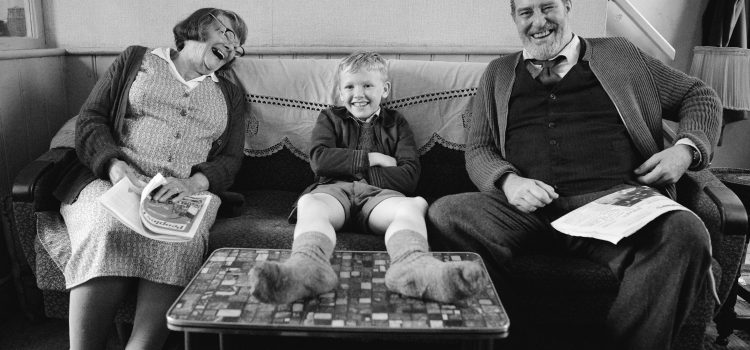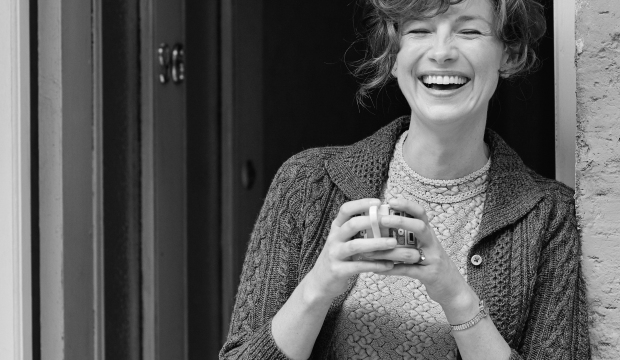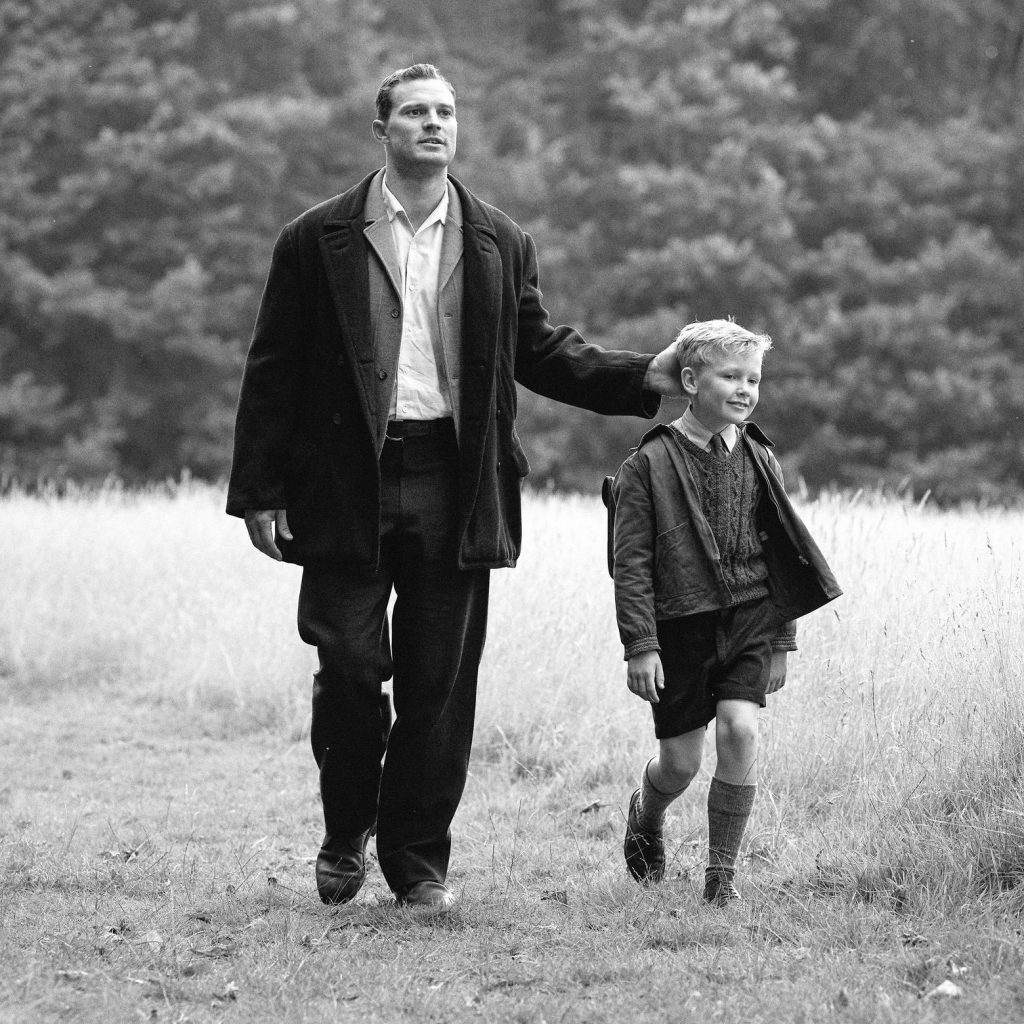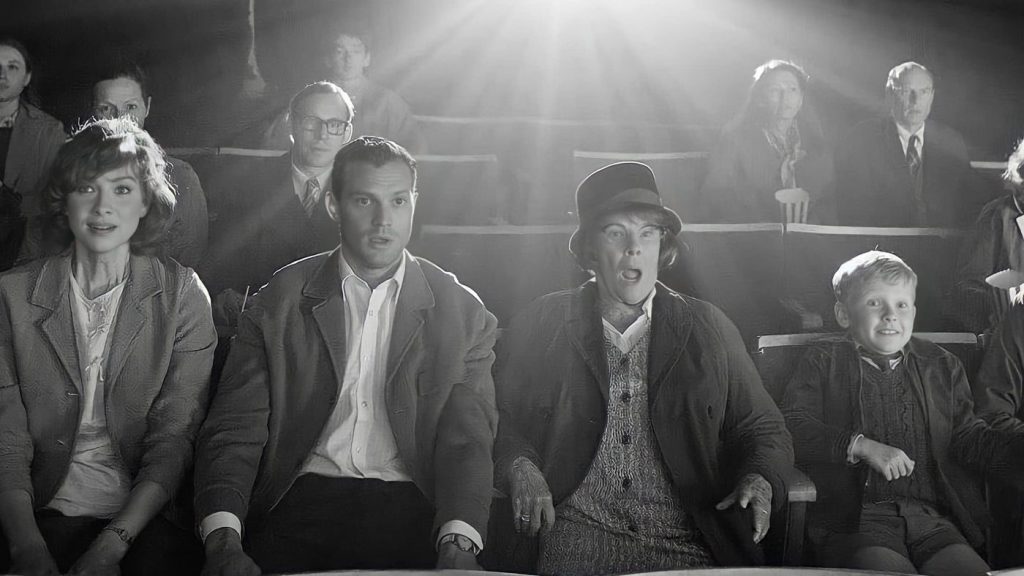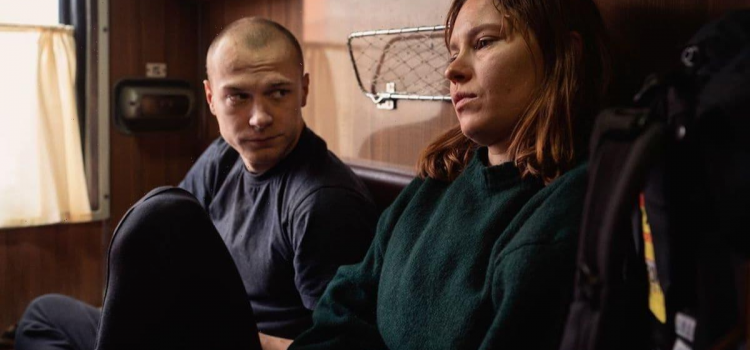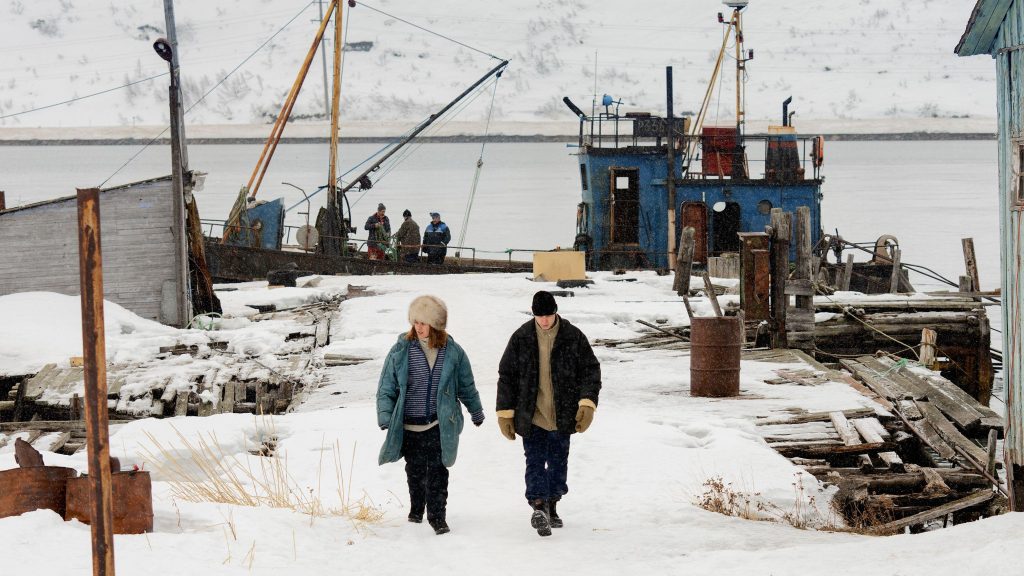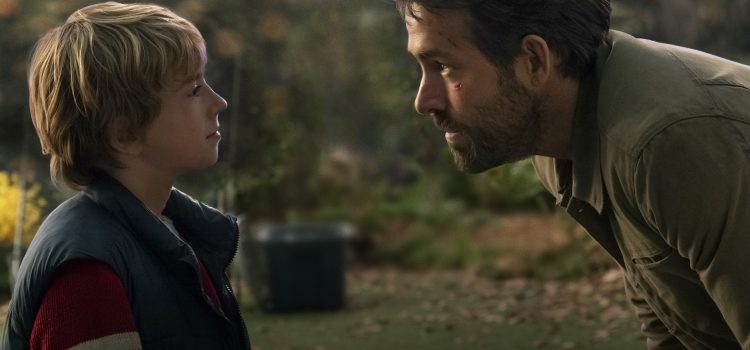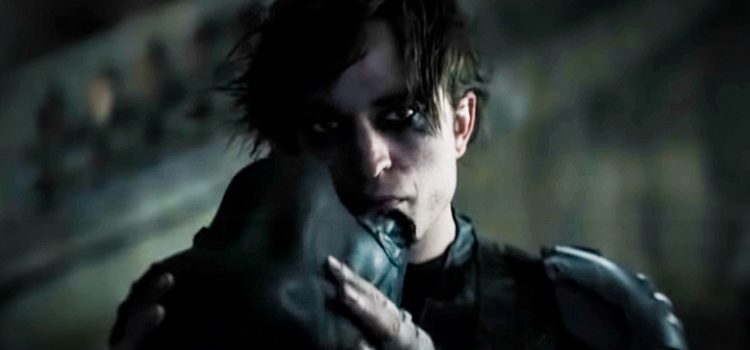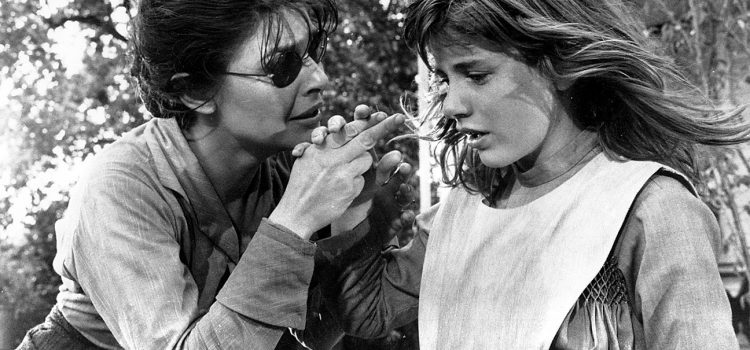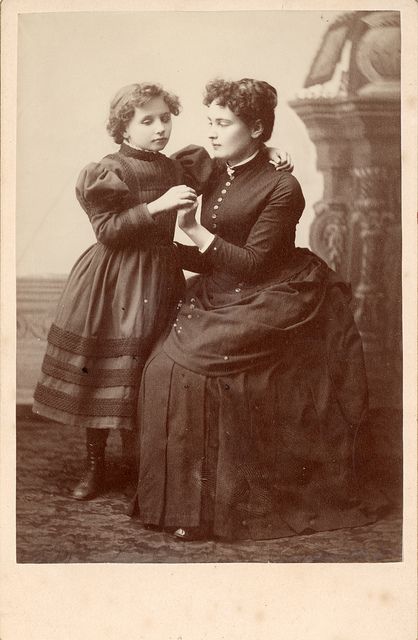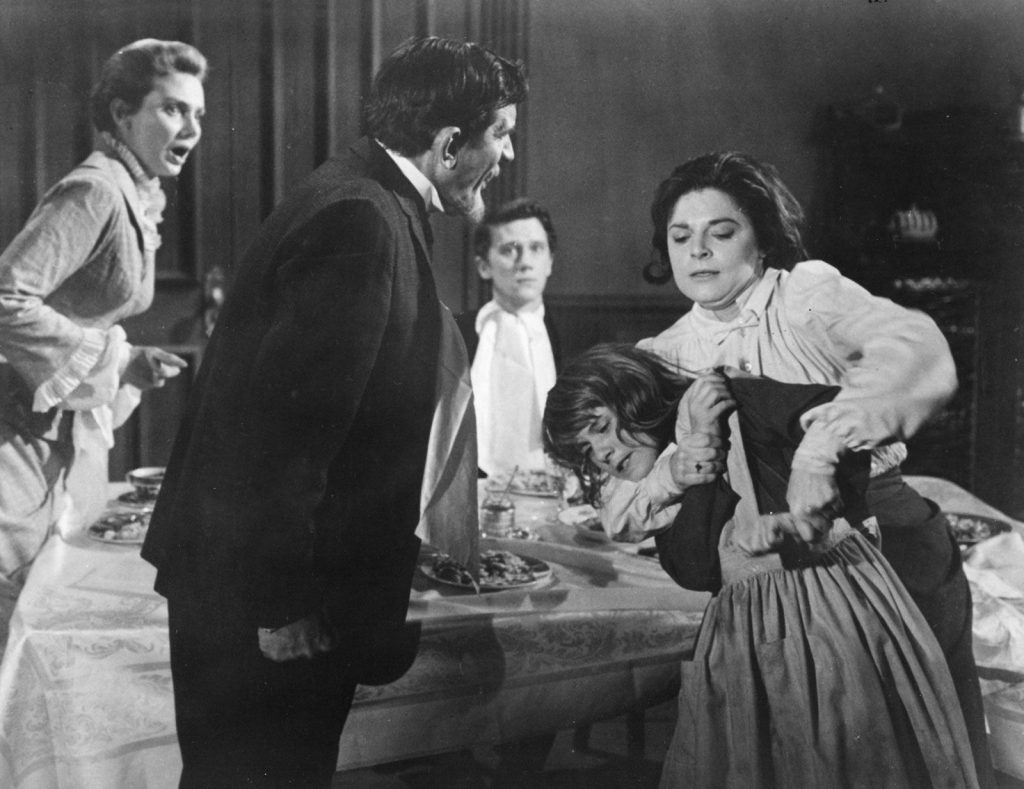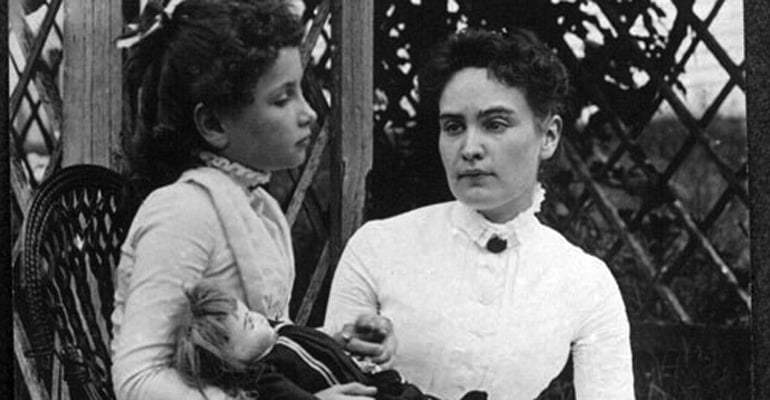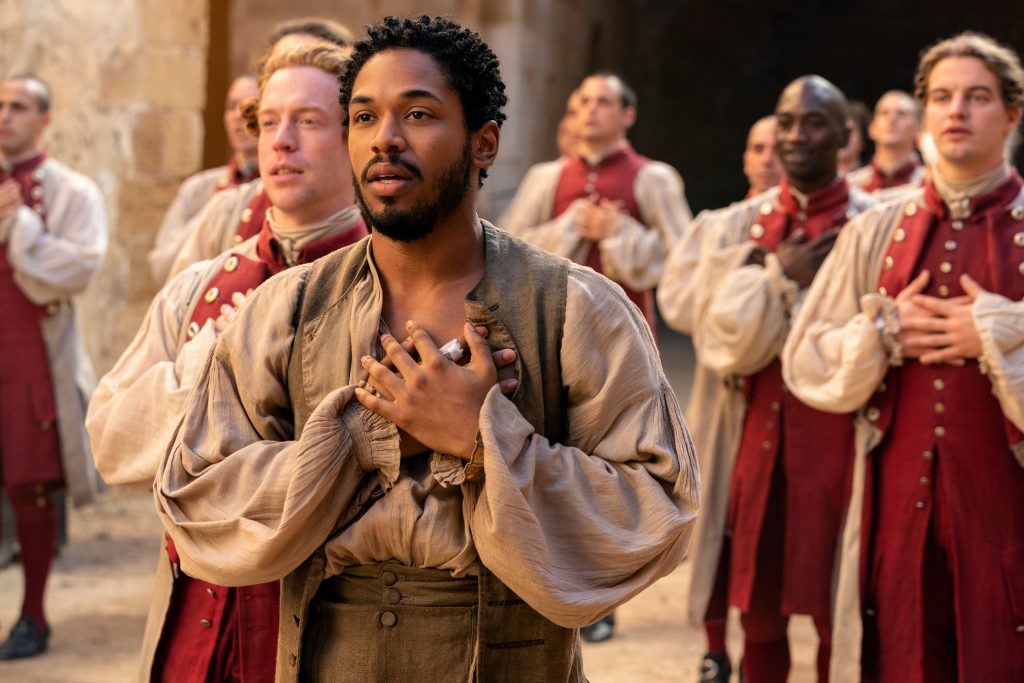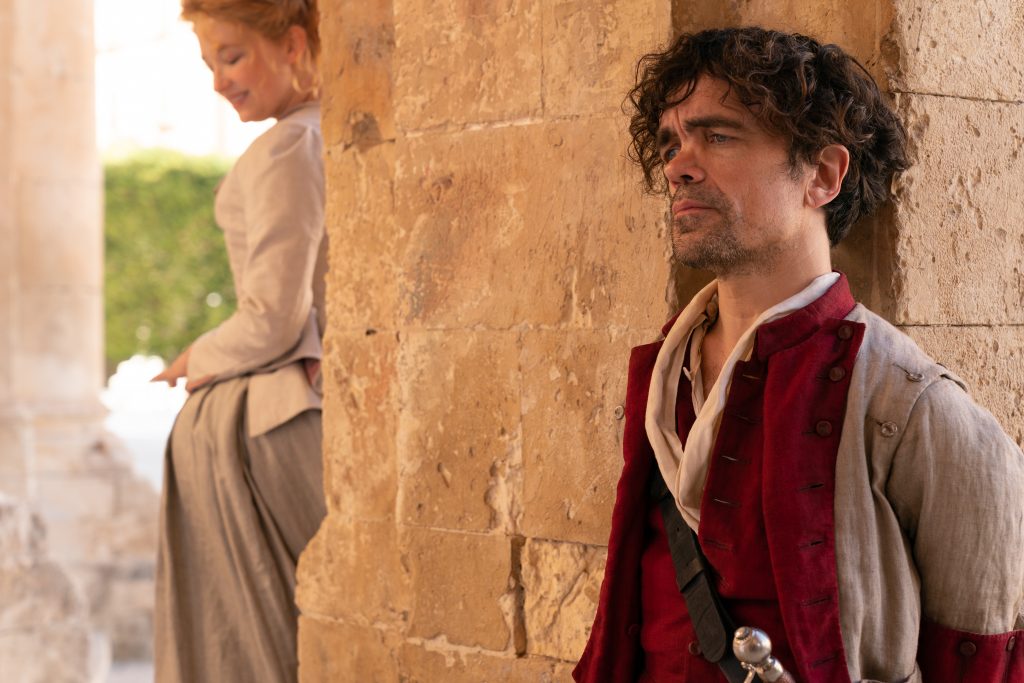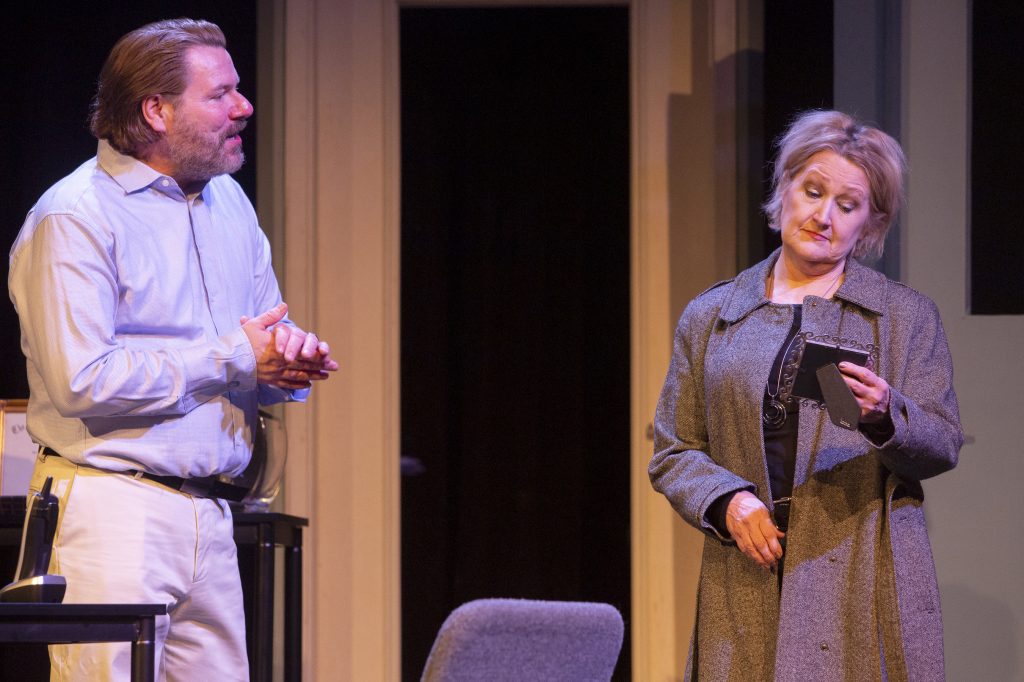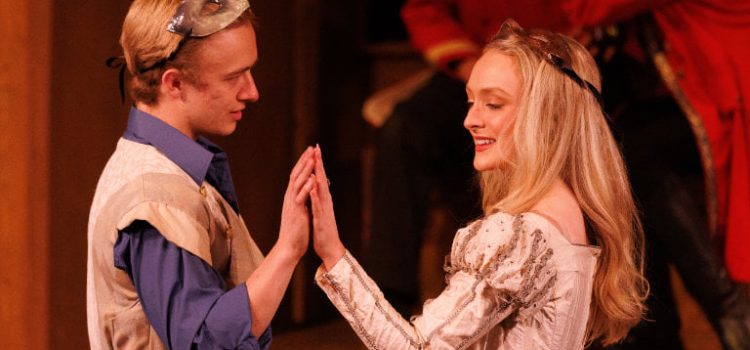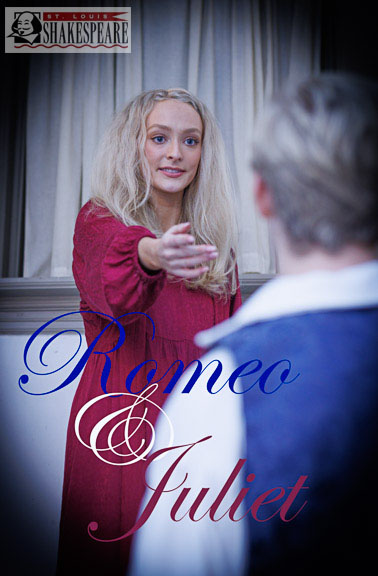By Lynn Venhaus
For 10 days preceding the 94th annual Academy Awards on March 27, we are spotlighting each of the 10 Best Picture nominees.by running a review from when the movie opened locally, and then add awards season news and other tidbits.
As a “CODA” (Child of Deaf Adults), Ruby (Emilia Jones) is the only hearing person in her deaf family. When the family’s fishing business is threatened, Ruby finds herself torn between pursuing her love of music and her fear of abandoning her parents (Marlee Matlin, Troy Kotsur). Rated PG-13 for strong sexual content and language, and drug use, it is 1 hour, 51 minutes and directed by Sian Heder.
2021-2022 Awards:
It won an unprecedented four awards at the 2021 Sundance Film Festival — Grand Jury Prize, Audience Award, Best Directing and Special Award for Ensemble Cast.
It is nominated for three Academy Awards: Best Picture, Best Adapted Screenplay and Best Supporting Actor Troy Kotsur.
Troy Kotsur, who plays the deaf husband and father, has won Best Supporting Actor from the Screen Actors Guild, Critics Choice Awards, BAFTAs, Film Independent Spirit Awards and the Gotham Awards.
The film won the SAG Award for Best Ensemble.and the BAFTA Award for Adapted Screenplay (Sian Heder).
Of the groups I belong to — Emilia Jones won Best Breakthrough Performance in the EDA Female Focus Awards from the Alliance of Women Film Journalists, Best Supporting Actor for Troy Kotsur and was nominated for three others (Best Picture, Adapted Screenplay and Best Young Actor/Actress (Emilia Jones), and was nominated for adapted screenplay by SLFCA. It was nominated for four Critics Choice Awards.
On Rotten Tomatoes, it has a 95% rating on the Tomatometer from 266 critics (I am an approved critic and gave it an A-) and a 93% audience score.
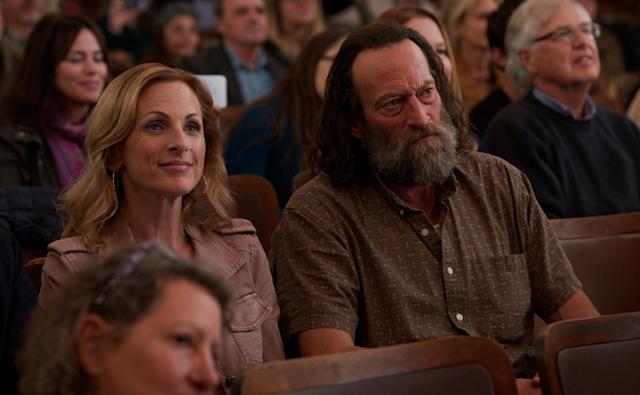
This review appeared in the Webster-Kirkwood Times on Aug. 13. It was released in theaters and exclusively streaming on Apple TV +, where it can be found today.
Sure, it’s predictable, but “CODA” earns its way into your heart with a touching family coming-of-age story that makes it impossible not to be moved by it.
With warmth, humor and a strong cast, “CODA” has turned a conventional family dynamic and an oft-told tale of a teenager pursuing her dream into something special. Not original, it is a remake of a 2014 French film, “The Belier Family,” but setting it in America translates well.
The film has an appealing lived-in atmosphere. The solid sense of place, set in a New England fishing village — Gloucester, Mass., is one of this small film’s charms. Cinematographer Paula Hidobro deftly handles land and sea.
The family has earned its living as fishermen. Dad Frank, Mom Jackie and son Leo are all deaf, and the local fishing business is going through economic struggles, which affects their home life. Ruby helps, but she has high school and can’t be there all the time.
Because she loves to sing, the shy and awkward teen signs up for choir, surprising her best friend and family – and herself. Her mother doesn’t understand this need to pursue a hobby – and underestimates Ruby’s passion.
A tough music teacher, Bernardo Villalobos recognizes her natural talent and pushes her to succeed, although she is her own worst enemy because of her lack of confidence, not commitment.
A graduate of the prestigious Berklee School of Music in Boston, Mr. V has arranged auditions for a bright star, Miles (Ferdia Walsh-Peelo), and decides to do the same for Ruby.
But the family’s dependence on Ruby is so overwhelming that she feels that she can’t pursue her dreams. Well, open the waterworks, because there will be bumps in the road, and baby steps, to finding a way to keep her time slot – not only as an individual, but also as a family.

Director-writer Sian Heder has presented the challenges of deaf adults in a hearing world with compassion and accuracy. Through her sharp observations, we can see what hardships that hearing-impaired people face daily. She demonstrates it effectively throughout the film, but a later scene at a concert, shot with complete silence, is a stunner.
Heder won the directing award at this year’s Sundance Film Festival. Like “Minari” last year, “CODA” was honored with both the Grand Jury Prize and the Audience Award. Apple Studios purchased it for a record-breaking $25 million. I hope it will have a broader reach than arthouses.
Oscar winner Matlin, now 55 and the mother of four children, has been an active spokeswoman for the National Captioning Institute. In 1995, she was instrumental in Congress passing a law requiring all television sets that are 13 inches or larger to be manufactured with built-in chips for closed captioning capabilities on their screens.
After winning the Academy Award for her debut screen performance in “Children of a Lesser God,” she has represented the deaf community for breakthroughs large and small.
Her visibility here, as an imperfect mother seeking to be more sensitive to her hearing daughter, is immeasurable, and she does a fine job.
As the sexy mom, she has a playfulness with deaf actor Troy Kotsur, whose portrayal of a gruff but soft-around-the-edges dad is believable. They provide a light-hearted touch, as does deaf actor Daniel Durant as big brother Leo, who tussles with his baby sister like brothers naturally do.
Emilia Jones’ pitch-perfect performance is the necessary glue, and fully engaged, she does not overplay the teenage angst and range of feelings.
Supporting players also appear comfortable in their roles, particularly Eugenio Derbez, known for comedies in his native Mexico, showing his drama skills as the no-nonsense choir director.
He’s relatable, as is Ferdia Walsh-Peelo, so terrific in 2016’s sublime “Sing Street,” as Ruby’s duet partner Miles. So is Amy Forsyth, notable as Ruby’s best friend Gertie.
A crowd-pleaser in the mold of “Billy Elliot,” “CODA” resonates because it takes a familiar story and amplifies it through a different perspective.
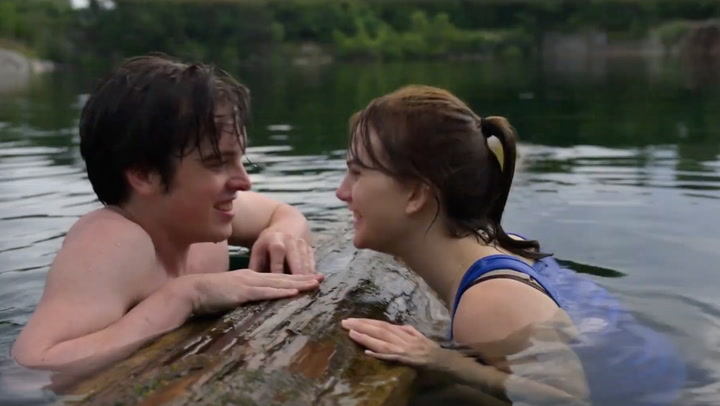

Lynn (Zipfel) Venhaus has had a continuous byline in St. Louis metro region publications since 1978. She writes features and news for Belleville News-Democrat and contributes to St. Louis magazine and other publications.
She is a Rotten Tomatoes-approved film critic, currently reviews films for Webster-Kirkwood Times and KTRS Radio, covers entertainment for PopLifeSTL.com and co-hosts podcast PopLifeSTL.com…Presents.
She is a member of Critics Choice Association, where she serves on the women’s and marketing committees; Alliance of Women Film Journalists; and on the board of the St. Louis Film Critics Association. She is a founding and board member of the St. Louis Theater Circle.
She is retired from teaching journalism/media as an adjunct college instructor.

